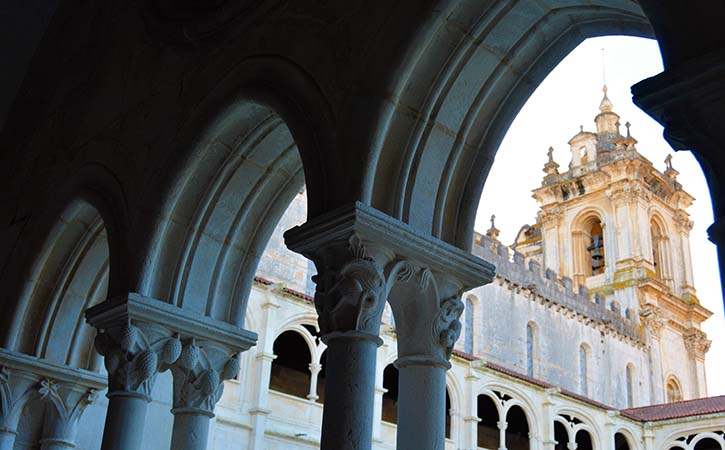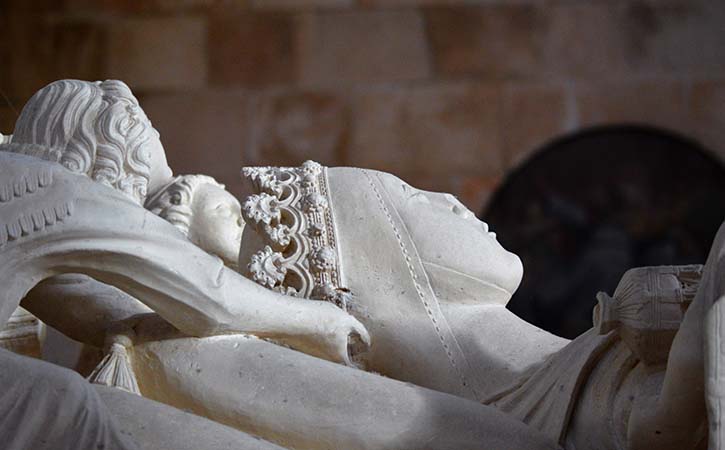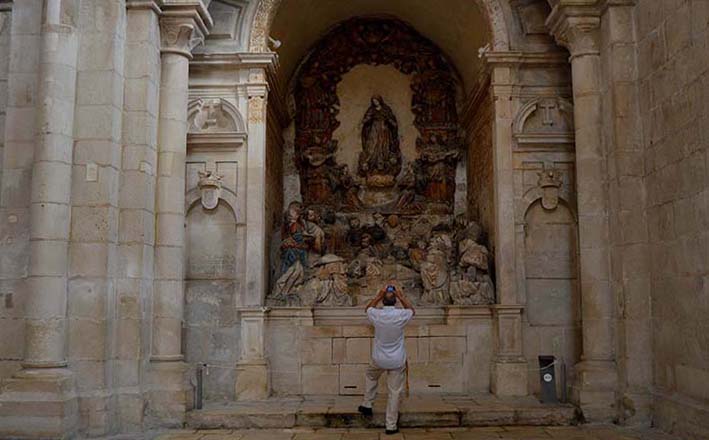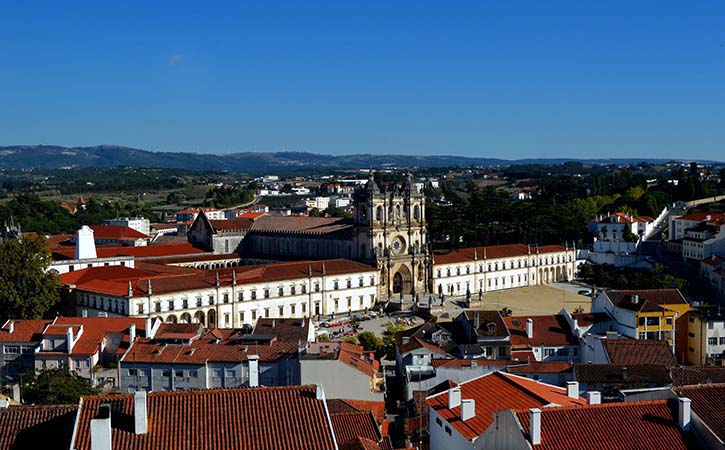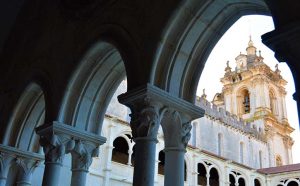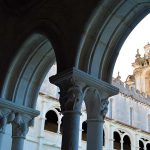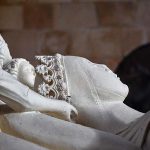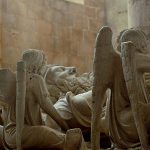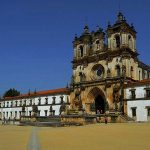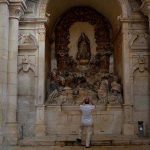Alcobaça Monastery
Alcobaça Monastery
Also known as the Royal Abbey of Santa Maria de Alcobaça, the Alcobaça Alcobaça is one of the most important examples of national religious architecture.
Adding several architectural styles ranging from the Gothic, Manueline, Mannerist or Baroque, the Monastery of Alcobaça is in itself a work of art.
It was founded in 1153 and was the second pantheon of the national monarchy and buried there, among others, D. Pedro I and D. Inês de Castro, whose tombs are also authentic works of art that deserve to be contemplated.
Its grandeur, architectural, artistic, religious and historical, generates pilgrimages of believers and simple curious, which make the Monastery and the city itself one of the most sought after national heritage destinations.
The Monastery has been classified as a National Monument since 1910 and since 1989 as a World Heritage Site by UNESCO, distinctions that serve as recognition for all the value of this impressive exemplary heritage.
Together with the Convento de Cristo, in Tomar and the Monastery of Batalha, it forms a Monumental ensemble of the region with the seal of UNESCO and which you must not miss.
It was also recognized as one of the 7 Wonders of Portugal in 2007, being one of the three heritage sites in the West region to be included in this list, the others being the Monastery of Batalha and the Óbidos Castle.
For all the reasons, the Alcobaça Monastery is the central point of your visit to the city, be sure to discover this pearl of national heritage!

